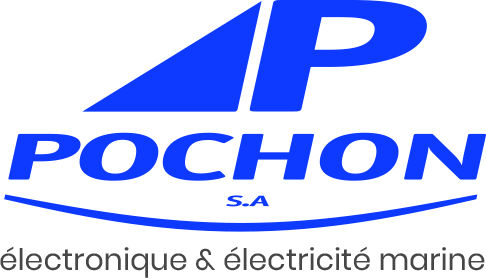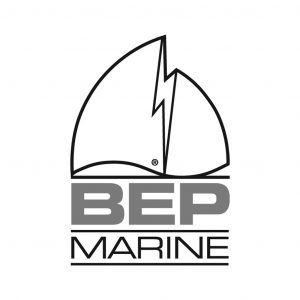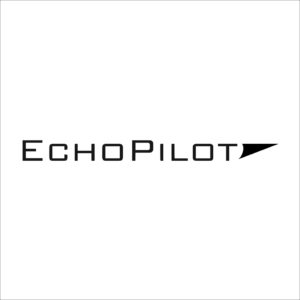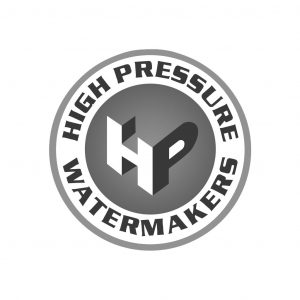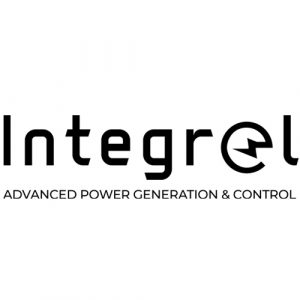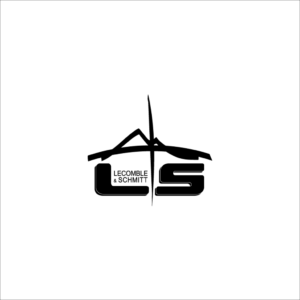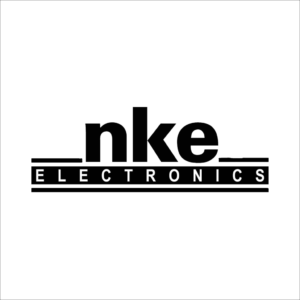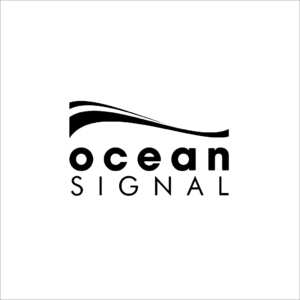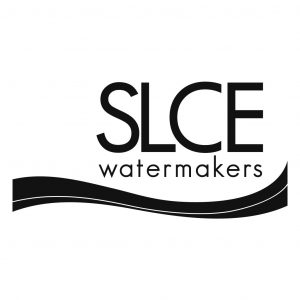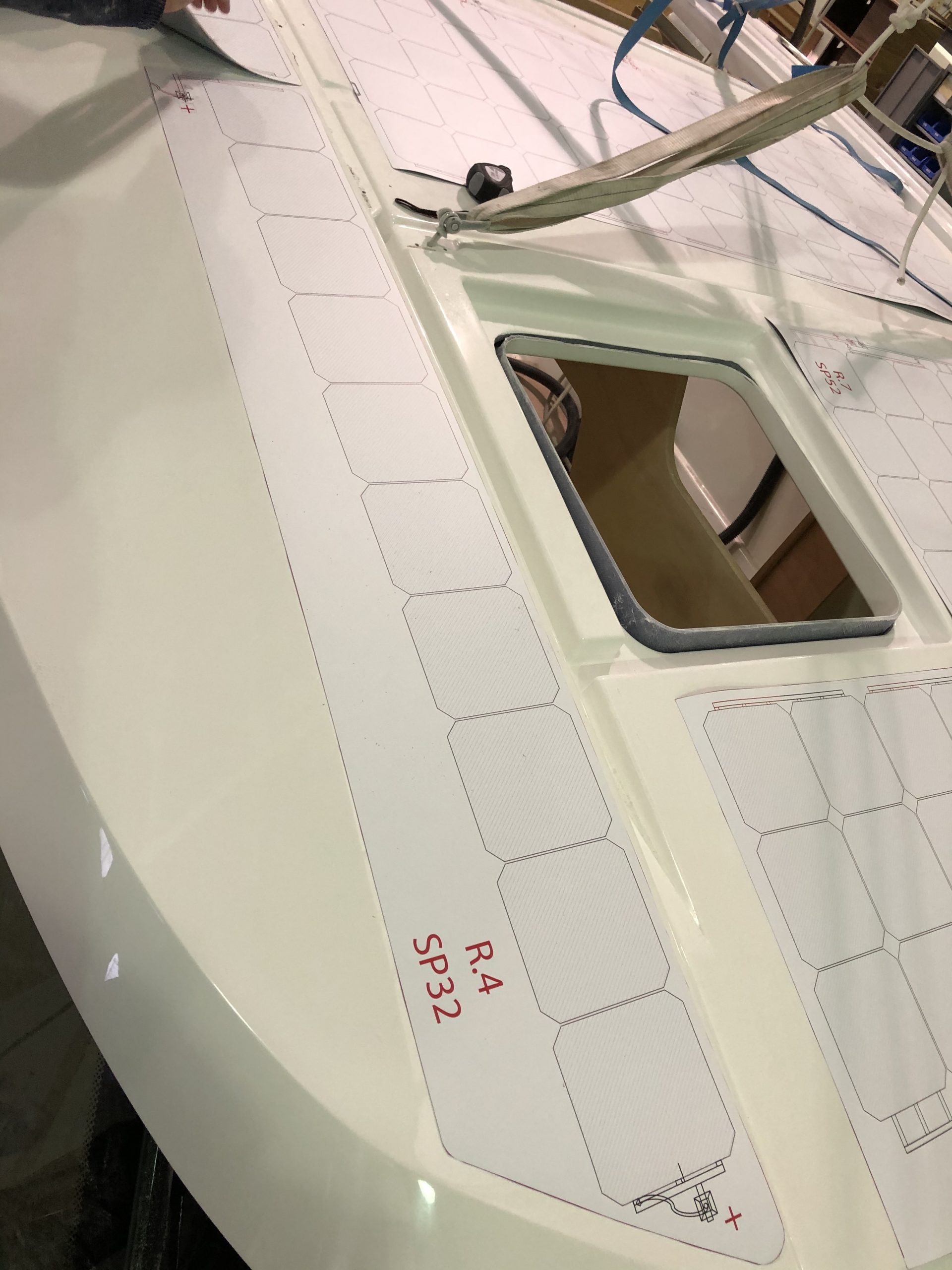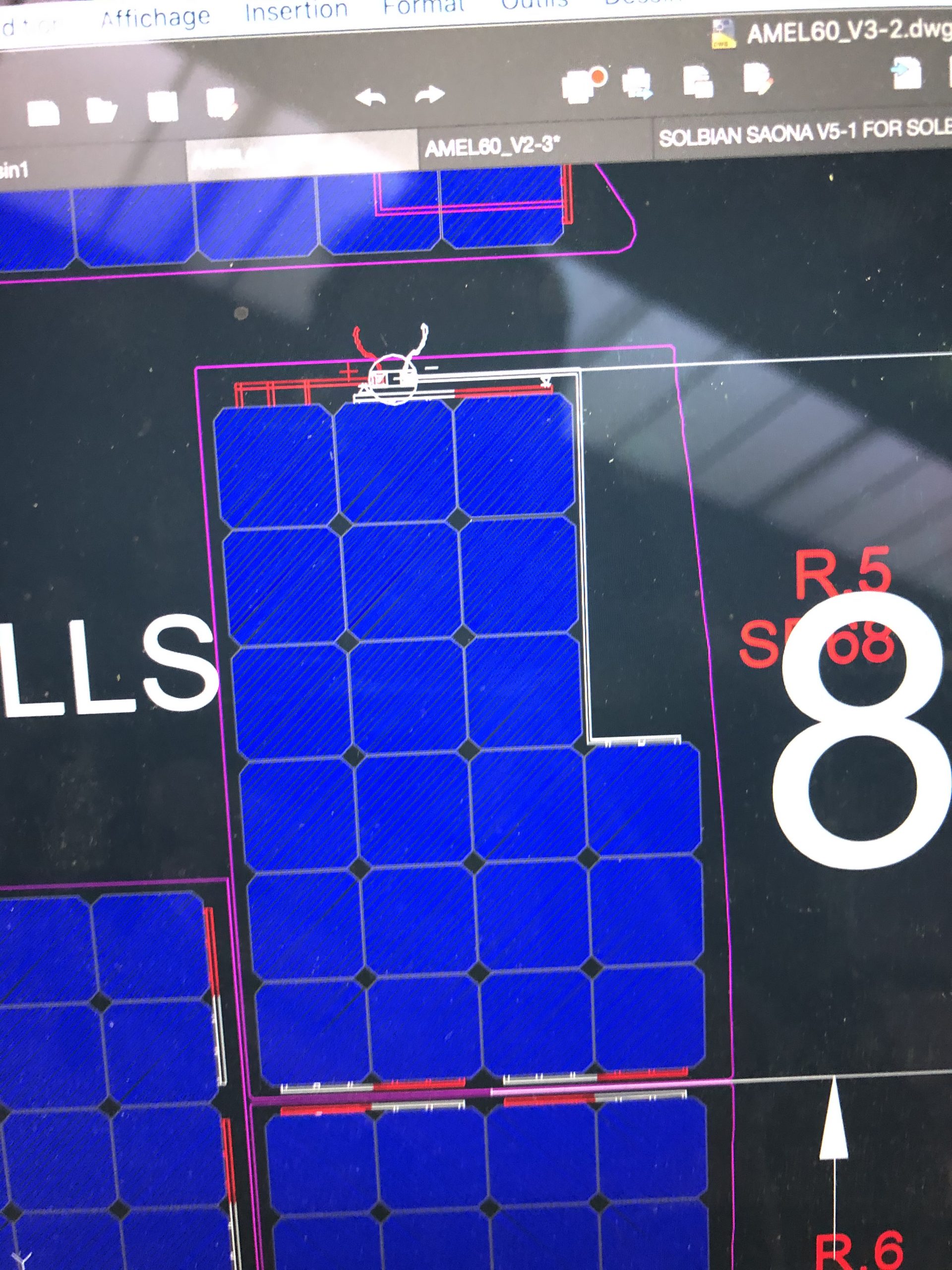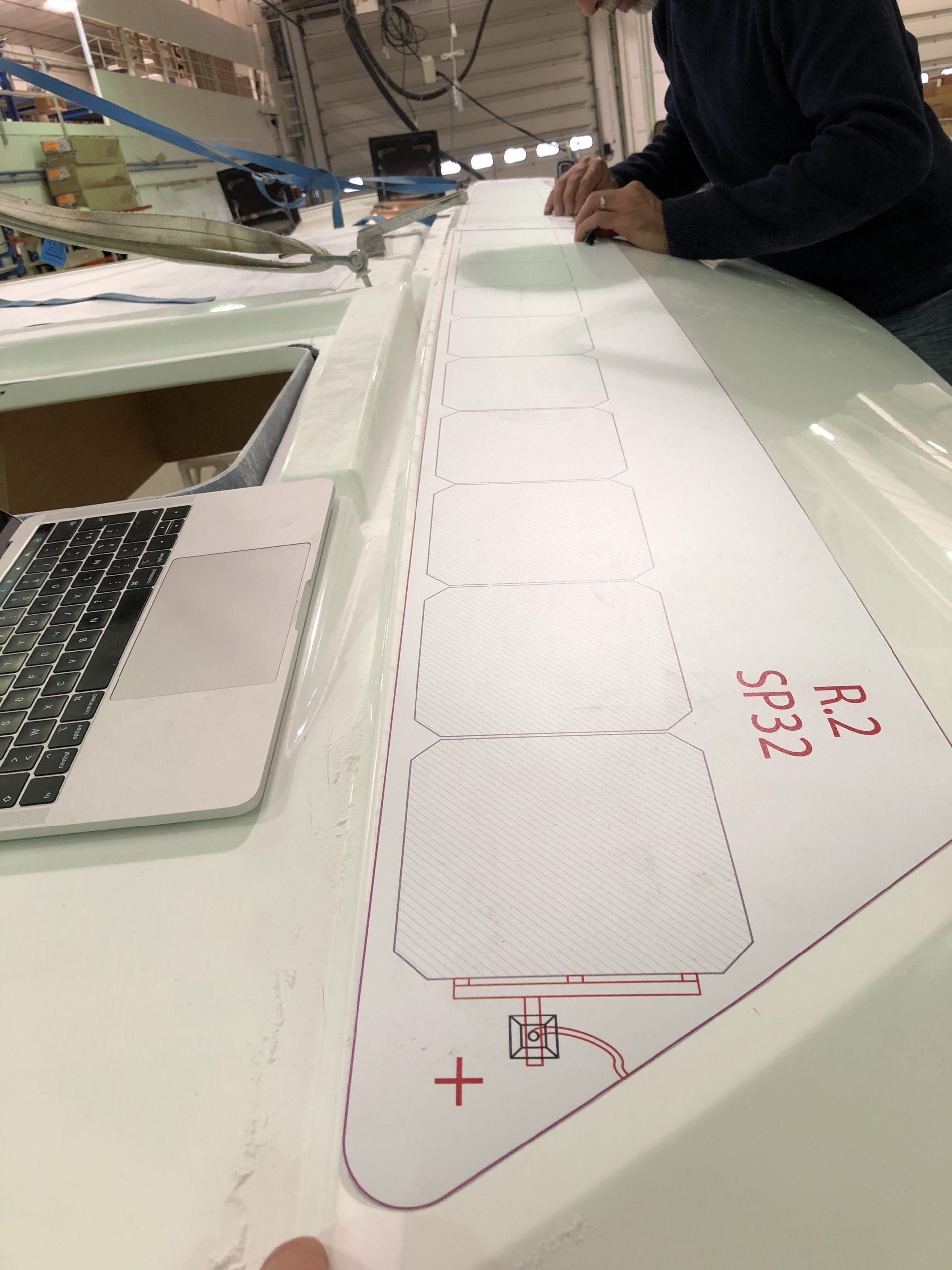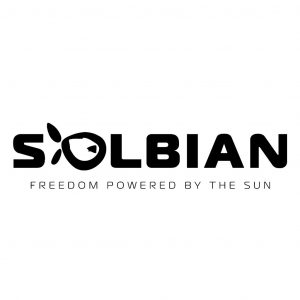
Solbian began with a bet. Giovanni Soldini and Marco Bianucci (the most important Italian yachtsman and an experienced physicist) wanted to use solar energy on racing yachts.
It was 2006, and although photovoltaics had become widespread, solar energy applications on moving vehicles were still at the pioneering stage and unsatisfactory, apart from expensive satellite systems. Something was missing. The photovoltaic modules used in building construction were too heavy, difficult to install with their rigid glass covers, ill-suited to the marine environment and inefficient due to the inevitable shading of sailing boats.
Marco and Giovanni, both passionate about sailing and renewable energy, joined forces and this was the turning point. The idea was actually quite simple: to produce lightweight, flexible photovoltaic modules using fragile monocrystalline silicon solar cells (the most efficient, apart from the very expensive products used in space) and to overcome the problems of shading. The first boat to be fitted with Solbian modules was Giovanni Soldini's Class 40. It had 15 small modules, each with its own charge controller, specially developed by the University of Salerno because similar products were not available on the market. A concept that would later be called distributed MPPT, the most efficient method of optimising energy production on moving vehicles, with variable orientation and shading.
In 2007, Giovanni won the "Transat Jacques Vabre" in the summer and "Ostar" in the winter, helped by a lighter boat due to the need for less fuel. The future of photovoltaics in yachting has become clear.
Solbian then grew, adding industrial resources and individual skills, and through the technological development of both photovoltaic modules and control electronics. Solbian products were not only supplied to racing yachts and the marine industry in general, but also to hundreds of applications in many different fields. From the obvious use on campers and caravans to mountain huts, from tents to humanitarian facilities, from the most futuristic architectural applications to solar racing cars, from electric bike charging stations to solar chargers for mobile phones and tablets.
A wide range of applications goes hand in hand with technological development, thanks to advances in polymer chemistry and electronics.

